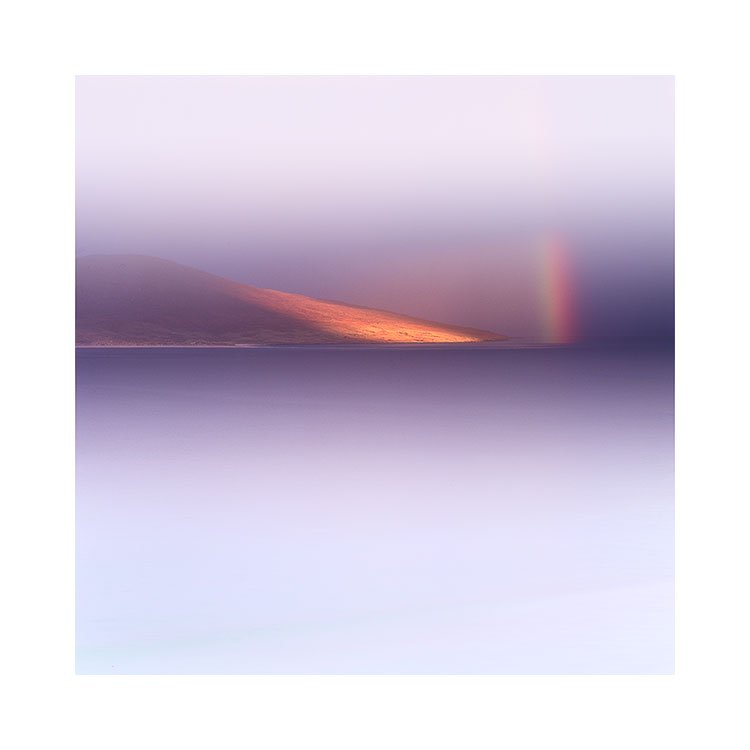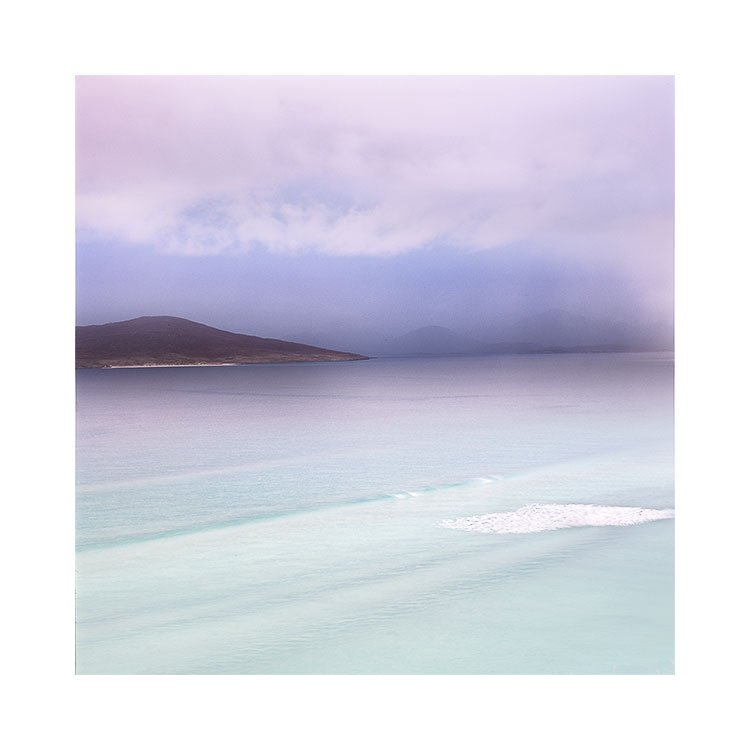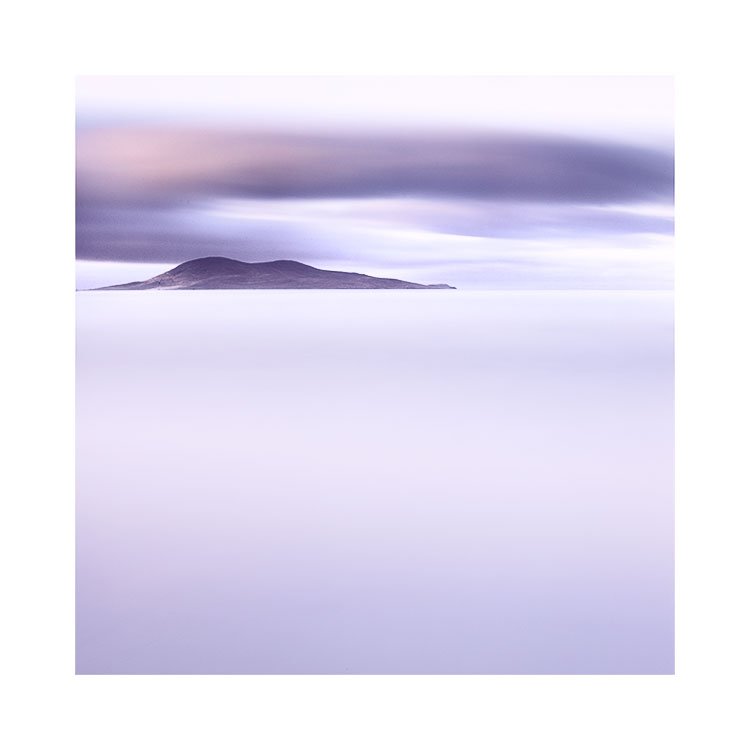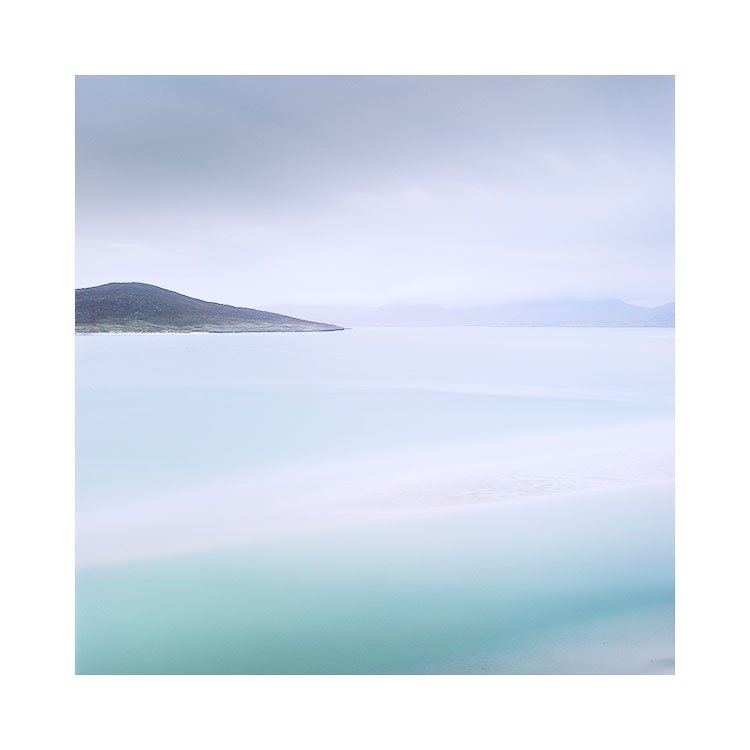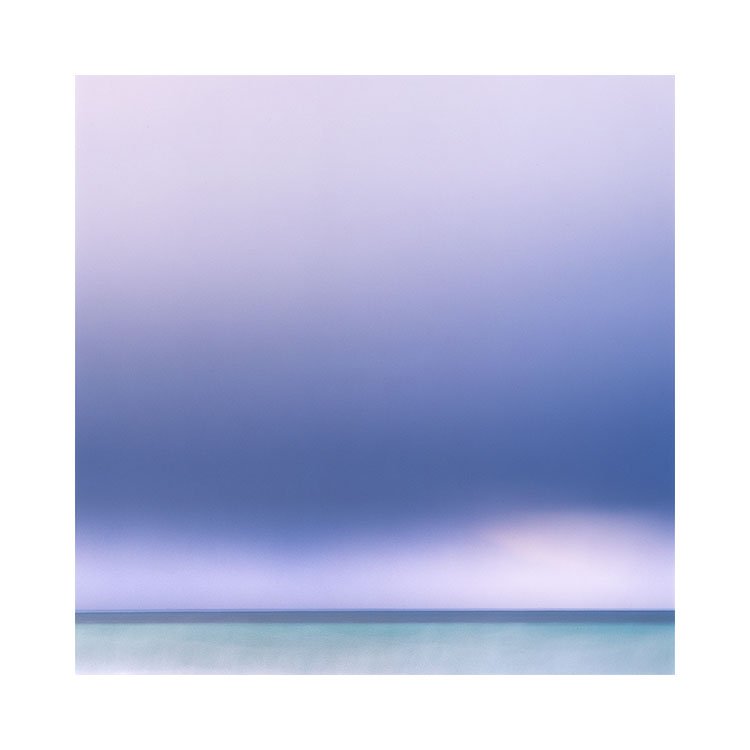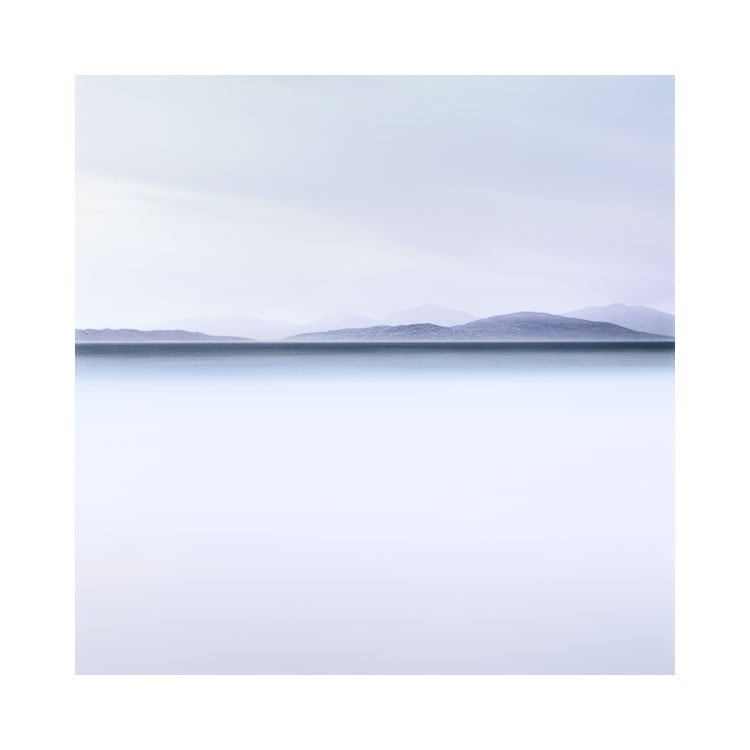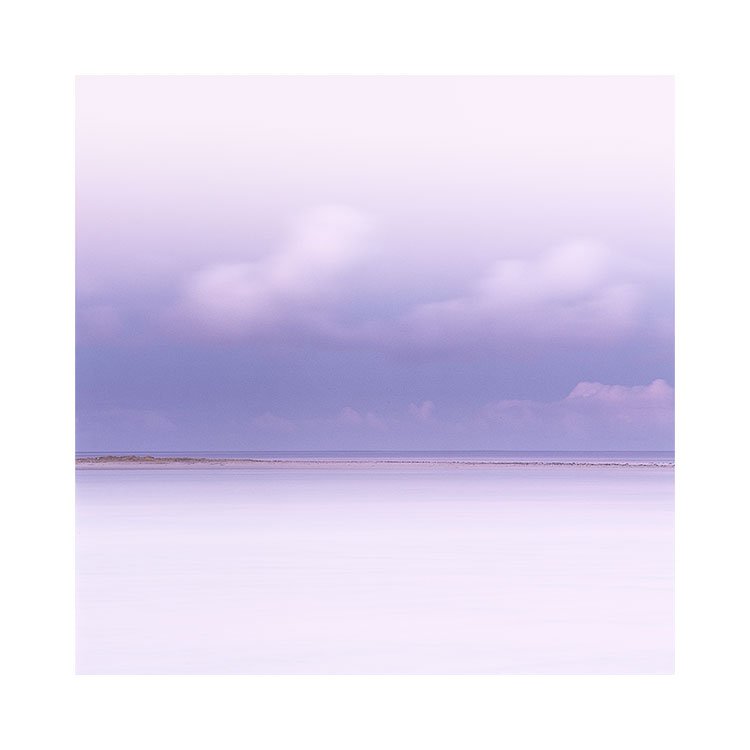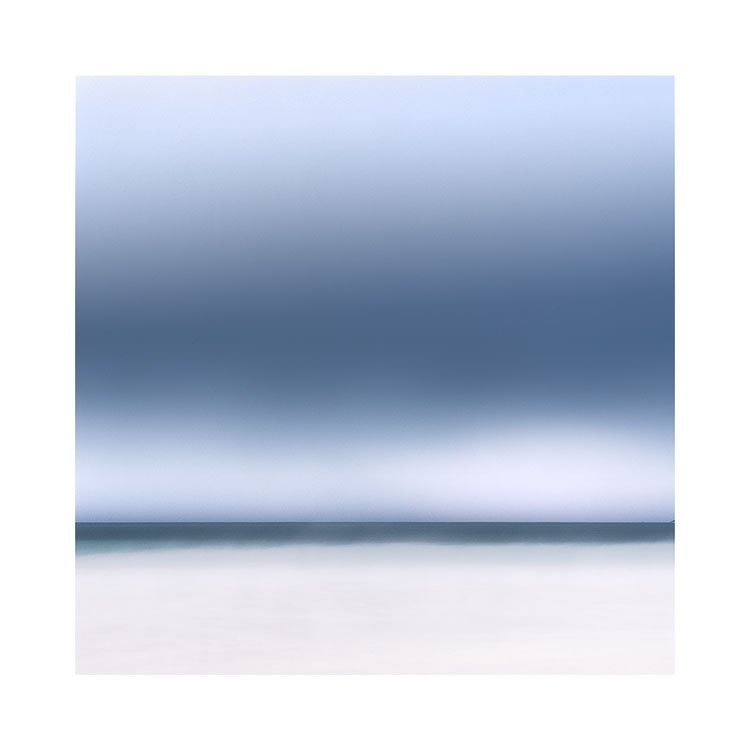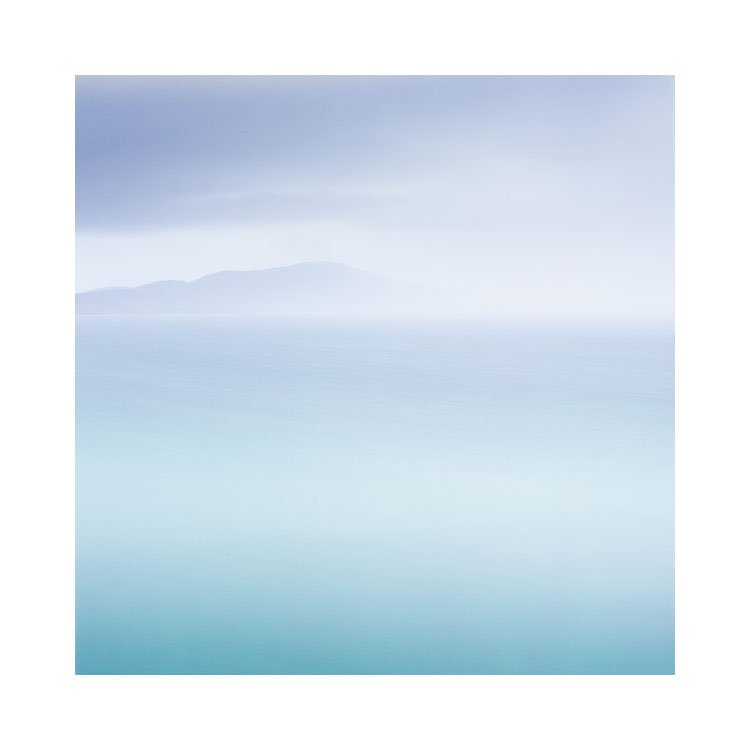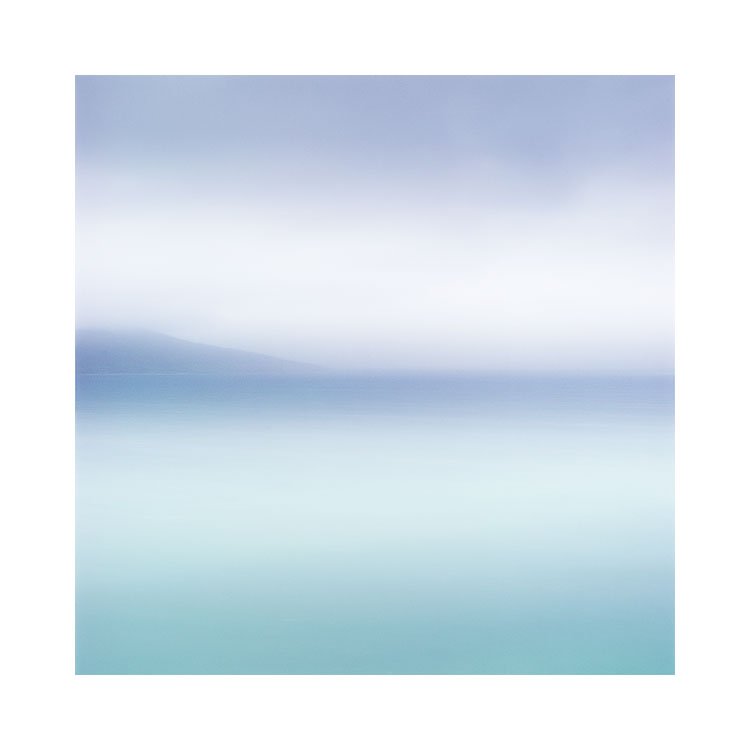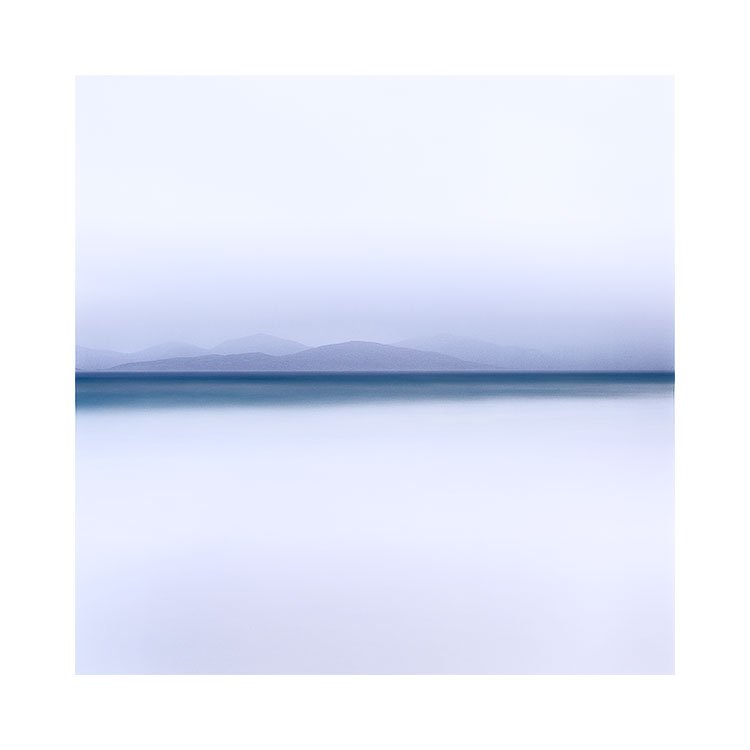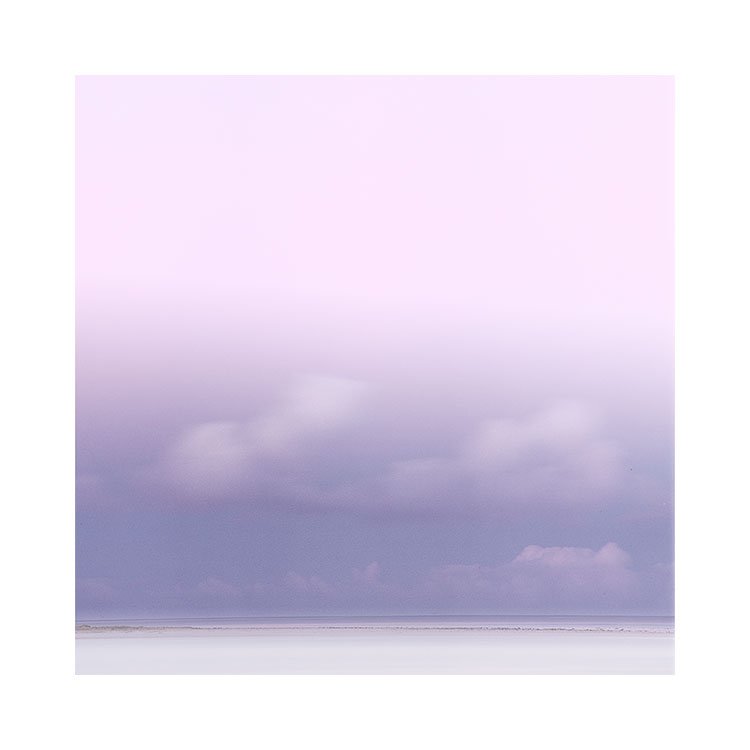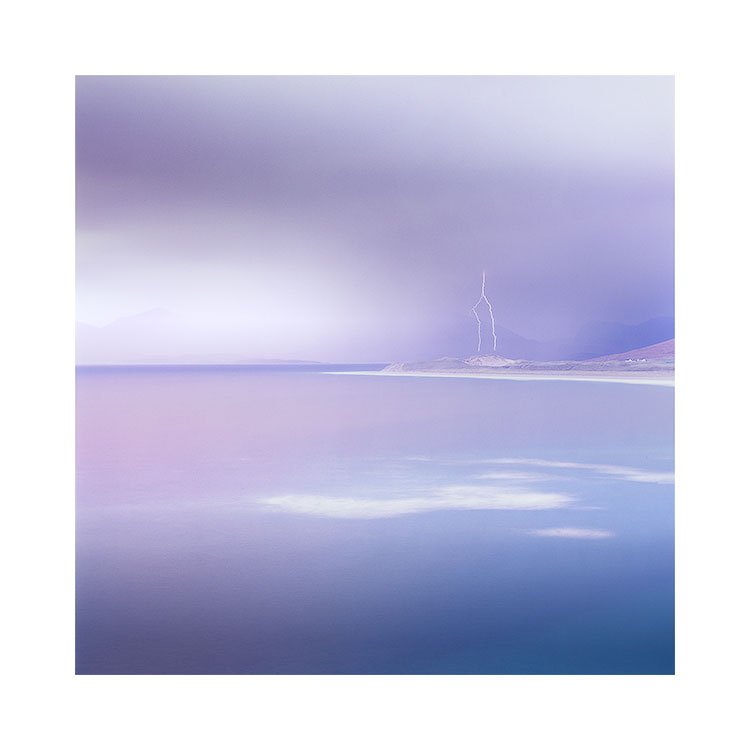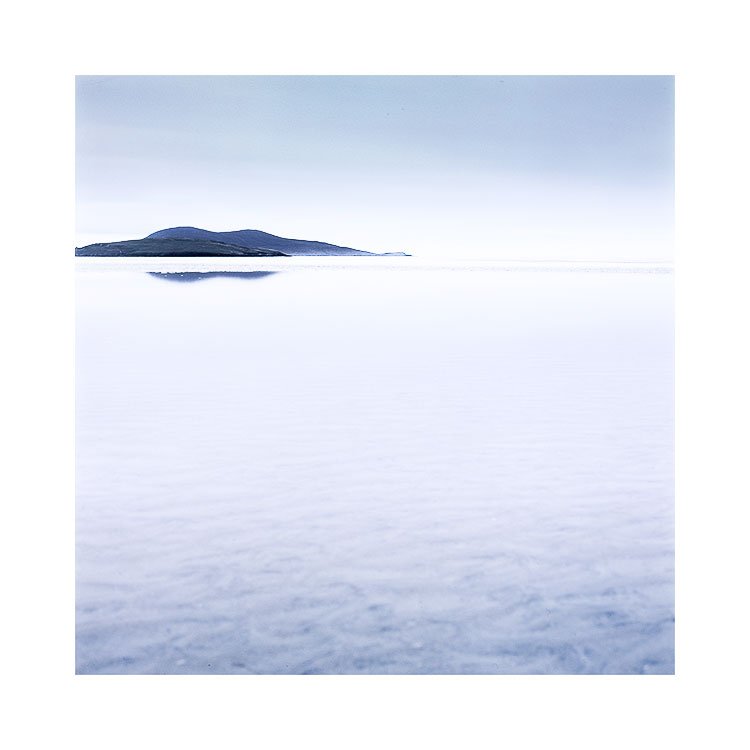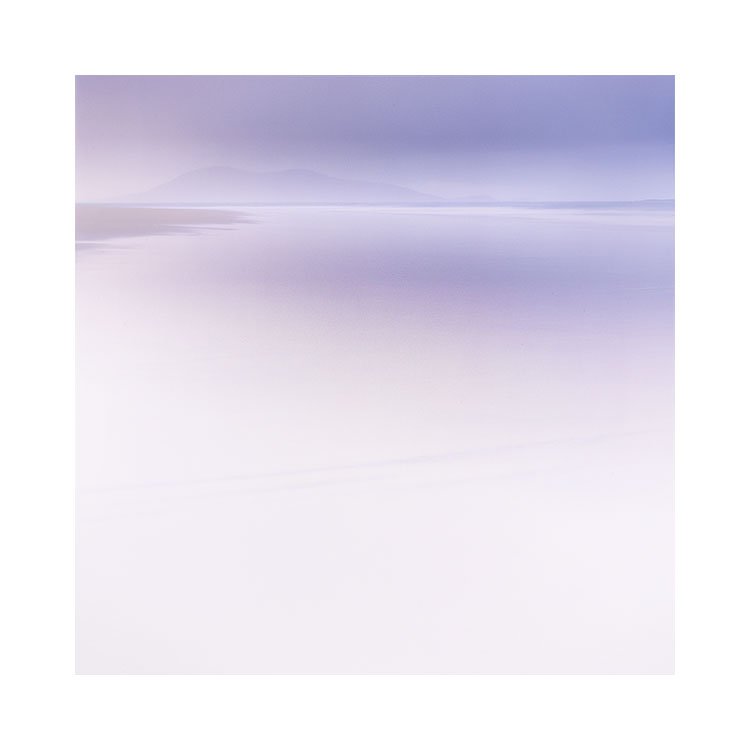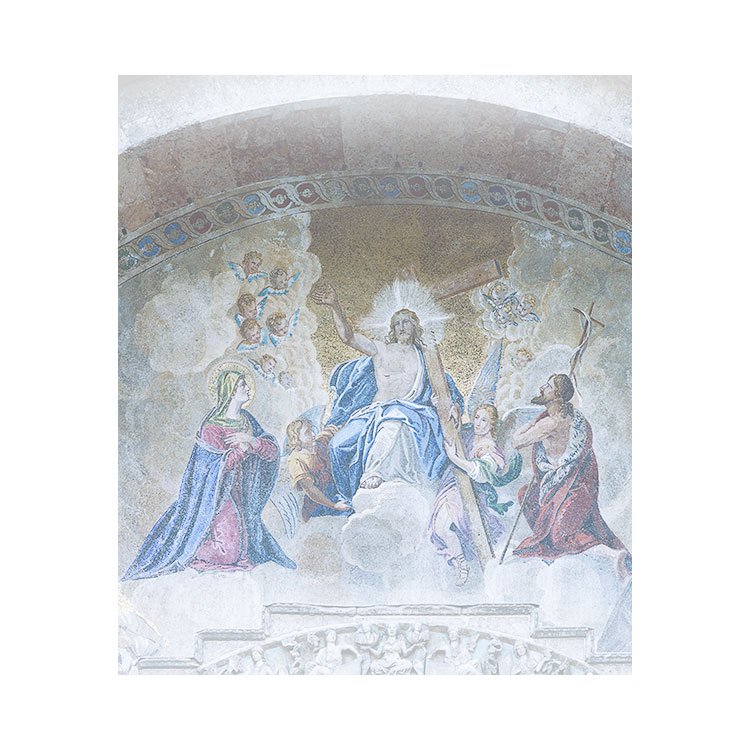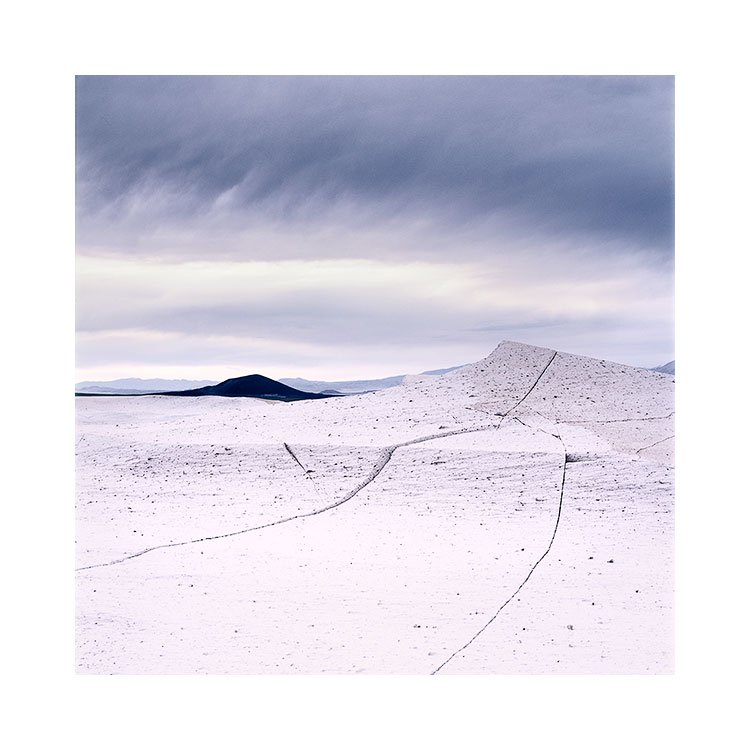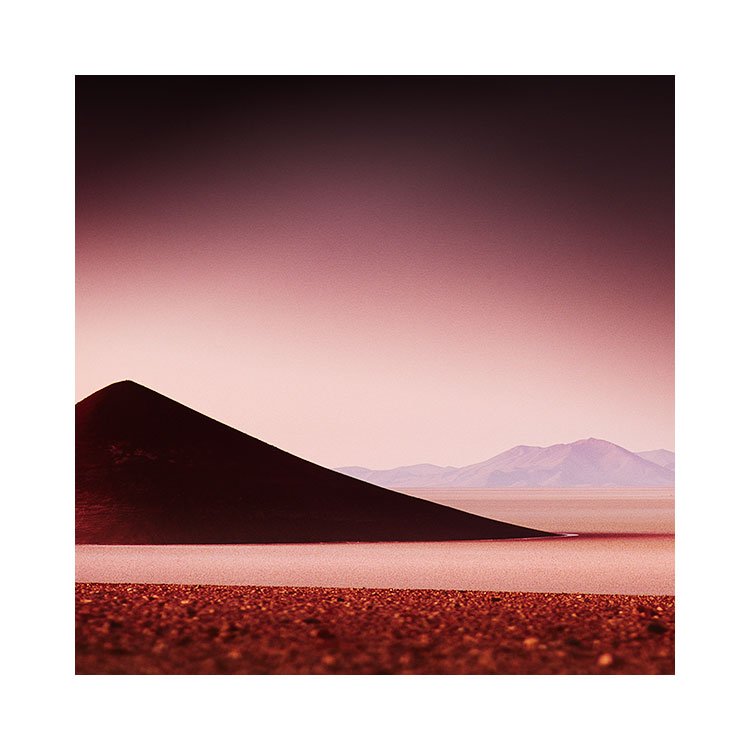“It takes a while to realise that perhaps the main subject of your photography
is the light itself”
I have always thought that when we remove recognisable objects like trees / mountains etc from our frame, we are left with the most important elements of a photo: the quality of the light.
We are often more adoring of photos that have beautiful light than beautiful subjects. We rarely say ‘what a beautiful subject’, but we do say ‘look at the light!’ So I believe that most of our motivation when we make photos is all about the light. Not the subject. The subject is often an anchor, or something for the eye to latch onto.
I believe truly, that we do not actually need subjects in landscape photographs. We just need variances in luminance and variances in tone to keep the viewer’s eye interested. We just need interesting light.
When we feel the need to put a subject in the frame, we are, In a way using them as a form of security blanket. Perhaps we feel that without a main subject, the image won’t be strong enough? Perhaps without a main subject we feel the viewer won’t know what they’re supposed to be looking at?
When I work in empty spaces, I have learned that I am really photographing the light. I’ve done it so many times now, that I now understand that most landscape photography is really all about the light. Classical subjects such as trees, mountains, etc are secondary, if required at all.
I understand and appreciate for those who haven’t done so, working in empty places can be a daunting experience. We feel vulnerable, if we don’t have a subject. We can feel lost.
It takes a while to realise that perhaps the main subject of your photography is the light itself.
This can only really happen by putting yourself in locations that are devoid of subjects, or are often called ‘minimalist’ or ‘empty’ places. I have photographed in plenty of empty places now, and I’m aware that I am no longer daunted by the prospect of it, but rather seek it now. Because empty spaces allow me to see subtleties in the light, to quieten down the scene. It is only then, and only then, that I may consider adding in a classical subject if I want to.
Even if you like to find subjects to put in your frame, making images in a place devoid of subjects is a really useful learning tool. You may feel vulnerable for a while, but it will teach you how to quieten down your compositions and over time, your appreciation of the more subtle tonalities in the landscape will develop.
Perhaps like me, you’ll come round to realising that the main subject in all of your landscape photos, was always first and foremost, the quality of the light.


























